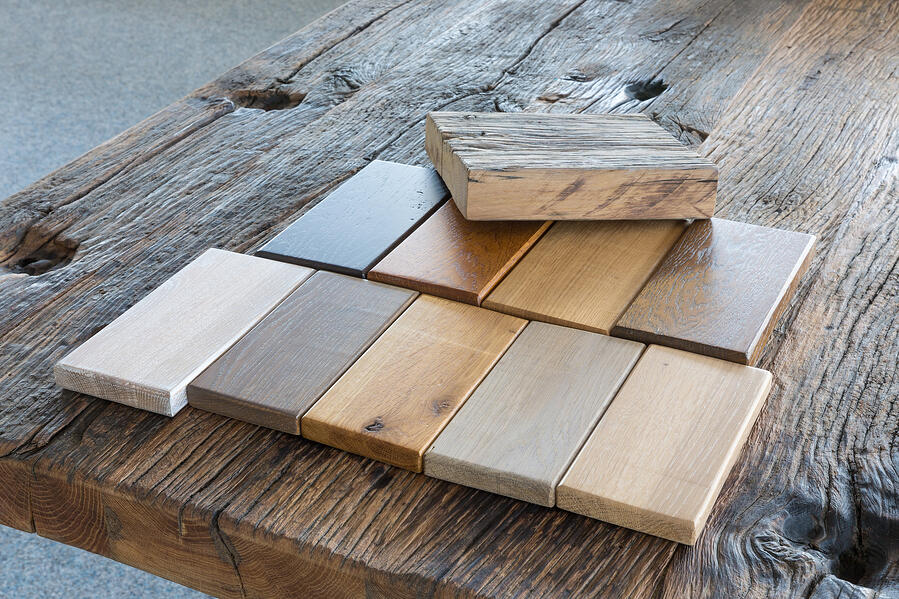How to Make Species Corrections with Grain Moisture Meters

Grain moisture meters are an invaluable tool for helping farmers optimize their grain harvesting and storage practices. With a handheld grain moisture tester, a farmer can check the moisture content (%MC) of grain right before harvesting it to ensure that they’re collecting it at the peak of its nutritional quality and value. Then, they can test the moisture of their grain in storage to make sure it isn’t too wet to sell—helping to maximize the value of the grain.
However, not all grains are the same. As noted by the Grains & Legumes Nutrition Council (GLNC), there are a number of different grain types, including “wheat, oats, rice, corn (maize), barley, sorghum, rye, and millet.” Within these different types of grain are innumerable species variations.
Normally, a grain moisture meter is only able to provide accurate moisture measurements in one kind grain. To get moisture measurements in other kinds of grain, it is necessary to make a “species correction.”
What is a Species Correction?
The term “species correction” refers to a process by which the moisture content measurement provided by a grain moisture tester is adjusted to account for differences between the type of grain the meter is calibrated for and the type of grain it is testing. These corrections are necessary to ensure that the readings that get recorded are accurate.
Without a species correction, the wrong data might get recorded, leading to mistiming of a harvest or giving away dry weight of grain during a sale for free.
How Can You Make a Species Correction When Using a Grain Moisture Meter?
The process for making a grain species correction with a grain moisture meter may vary from one model of moisture meter to the next, as different manufacturers may arrange their menus and options differently from one another. In fact, some grain moisture testers may not have a built-in species correction feature at all—forcing you to make adjustments manually based on a table or a mathematical formula.
The best grain moisture meters, however, have a built-in species correction function that makes getting accurate moisture content measurements in different grains quick and easy.
With Delmhorst’s best grain moisture testers (such as the D999-FR), the process is relatively simple:
- Turn Your Meter On.
- Click the Magnifying Glass Icon to Access Your Top 5 Most-Used Grain Charts.
- Click the Grain Chart You Want.
If the grain species correction you want is not one of the last five that was used, then:
- Turn Your Meter On.
- Click the Magnifying Glass Icon.
- Click on Others.
- Use Arrow Keys to Navigate to the Desired Grain Chart.
Users can even program their own custom grain species corrections into the meter by clicking on the “CUSTOM” option after clicking on “OTHERS.” The instructions for this and other special processes can be found in the D999-FR owner’s manual. For how to do this with other grain moisture meters, be sure to consult the owner’s manual for that specific moisture meter model.
With built-in species correction features, a top-quality grain moisture meter can make monitoring grain moisture incredibly simple.
Need help choosing the best grain moisture tester for your needs? Contact the agriculture moisture meter experts at Delmhorst for more help and advice!
Subscribe to Our Blog
Post Related

Ensure Proper Moisture Readings with Species Corrections


